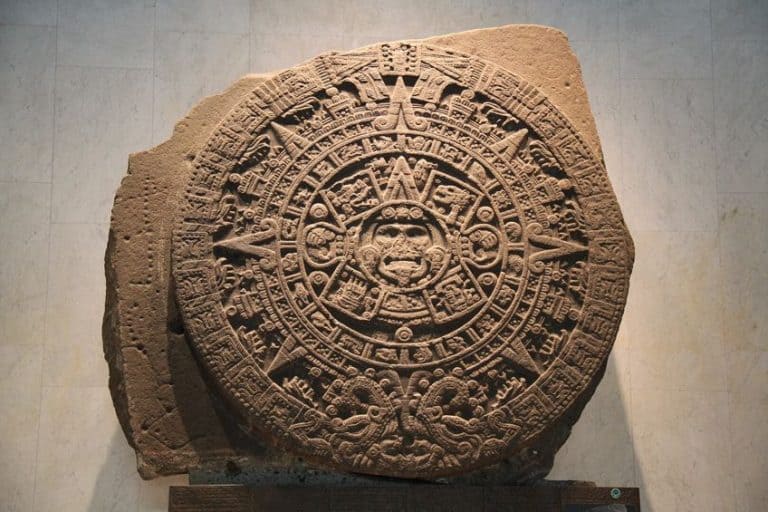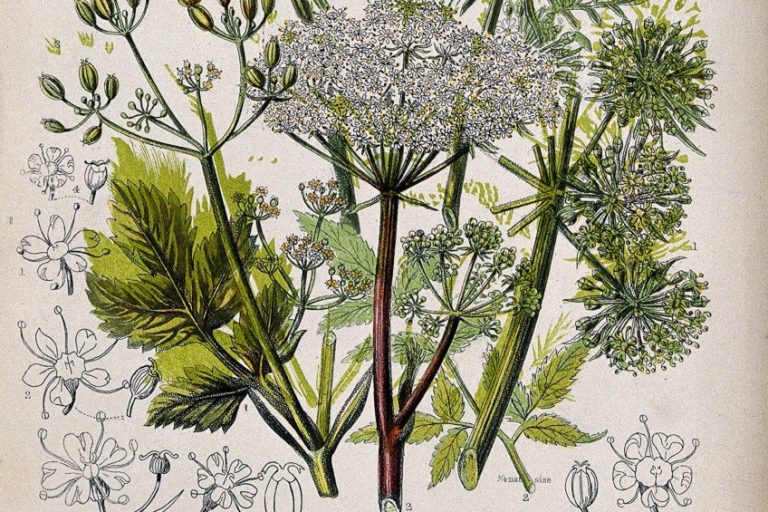18th Century Art – The Era of Rococo and Neoclassicism
The 18th century stands as a captivating era in the annals of art history, marked by a diverse array of styles, movements, and cultural shifts. Spanning from the Baroque grandeur of the early century to the refined elegance of Neoclassicism, this period witnessed a dynamic interplay between tradition and innovation, aristocratic patronage and emerging bourgeois tastes, as well as the tumultuous socio-political landscape of Europe. Art in the 18th century reflects not only the opulence of royal courts but also the burgeoning ideals of Enlightenment thought, exploring themes of reason, nature, and human progress. From the masterpieces of Rococo exuberance to the monumental works of Romantic expression, 18th-century art remains a rich tapestry of creativity, offering insights into the cultural, intellectual, and aesthetic currents that shaped the modern world.
Table of Contents
Key Takeaways
- Rococo and Neoclassicism were predominant movements reflecting cultural shifts during the 18th century.
- Enlightenment ideals profoundly influenced Neoclassical art, emphasizing classical values and societal virtues.
- Art patronage experienced a transition from ecclesiastic and aristocratic to bourgeois influences by the century’s end.
Art in the 18th Century
The 18th century was a period of remarkable transformation in the world of Western art, marked by the transition from the ornate and whimsical Rococo to the more serious and rational Neoclassicism, both of which reflected broader cultural shifts of the time. Rococo, characterized by its elaborate ornamentation and light-hearted subjects, dominated the early part of the century, finding favor particularly in France. It was the art of aristocracy, signifying pleasure and opulence, epitomized by artists like Jean-Antoine Watteau and Jean-Honoré Fragonard. As the century progressed, so too did the cultural landscape, with the Enlightenment or the Age of Enlightenment fostering a new climate of intellectual rigor and appreciation for the classical past.

By the latter half of the century, Neoclassicism emerged as a counter to Rococo frivolity, drawing inspiration from the art and architecture of Ancient Rome and Greece, embodying the Enlightenment values of logic, order, and civic virtue. This period saw the rise of artists such as Jacques-Louis David, whose works often depicted moral seriousness and stoic heroism. Artistic movements were not simply aesthetic choices but were deeply intertwined with the social, political, and intellectual currents of the time. The era’s art reflects a complex narrative of evolving tastes, philosophies, and the very fabric of 18th-century society.
Patronage continued to play a crucial role in the arts, but its nature also underwent changes. While the early part of the century saw art funded largely by the aristocracy and the church, by the end, the growing power of the bourgeoisie and the nascent effects of the Industrial Revolution began to influence who commissioned art and what subjects were depicted.
The 18th century’s art legacy is its reflection of an age seeking to balance the beauty of the past with contemporary philosophical advancements, setting a foundation for the modern world.
Prominent Art Styles
The 18th century marked a dynamic period in the history of art, which saw styles transitioning from the ornate Baroque and the playful Rococo to the more sober Neoclassical. These styles reflected the changing cultural landscapes of Europe.
Baroque (early 18th century) carried its grandeur and drama from the previous century. Its key characteristics included strong contrasts of light and shadow, and a sense of movement and emotion. Notable artists from this period include Gian Lorenzo Bernini and Peter Paul Rubens.

Rococo emerged as a reaction to the Baroque’s grandiosity, favoring lighter themes, pastel colors, and delicate ornamentation. It was particularly influential in interior design and also found expression in painting and sculpture. France became a leading proponent of Rococo, with artists like Antoine Watteau and François Boucher.
Neoclassicism arose in the later part of the century, looking back to the classical ideals of Ancient Greece and Rome for inspiration. It was characterized by its clarity, simplicity, and symmetry. The movement was partially a response to the perceived frivolity of Rococo. Jacques-Louis David, known for works such as The Death of Marat, exemplified Neoclassical painting.
Each style influenced both the aesthetic expressions of their time and the cultural self-image, capturing the complexities of social and political thought throughout the century.
Artistic Movements and Styles
The 18th century was a vibrant period for the arts, marked by a progression from the ornate Baroque to the simplistic clarity of Neoclassicism, and eventually giving way to the passionate expressiveness of Romanticism.
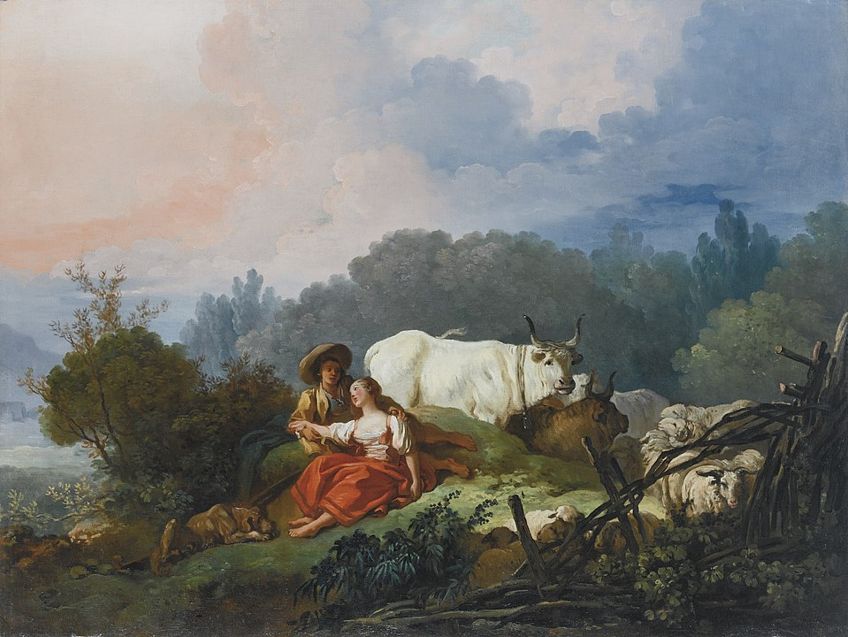
Rococo Art
Rococo art, which flourished in 18th-century Europe, exerted a profound influence on the cultural landscape of the era and beyond. Characterized by its ornate elegance, delicate pastel palette, and playful motifs, Rococo art reflected the shifting social dynamics of the time, particularly in the salons and courts of France and Austria. Its emphasis on grace, charm, and decorative exuberance represented a departure from the grandeur of Baroque art.
It caters to the tastes of the burgeoning aristocracy and burgeoning bourgeoisie.
Moreover, Rococo’s emphasis on lightness and whimsy extended beyond the confines of painting and sculpture, influencing interior design, fashion, and even garden landscaping. While often criticized for its perceived superficiality, Rococo art nonetheless left an indelible mark on the artistic imagination, inspiring subsequent movements and continuing to captivate audiences with its enchanting allure and theatrical flair.
- Key features: Ornamental, light, elaborate
- Notable artists: Jean-Honoré Fragonard, Jean-Antoine Watteau

Neoclassicism
Neoclassicism, a prominent artistic movement that emerged in the late 18th century, profoundly influenced the course of art history. Reacting against the ornate extravagance of Rococo, Neoclassical artists sought inspiration from the art and ideals of ancient Greece and Rome, emphasizing clarity, order, and rationality in their works. Led by figures such as Jacques-Louis David and Antonio Canova, Neoclassicism became synonymous with a return to classical aesthetics, moral virtue, and civic responsibility.
Its influence extended beyond the realm of art, permeating architecture, literature, and political discourse, particularly during the Enlightenment era.
Neoclassical motifs and themes pervaded public monuments, government buildings, and academic institutions, symbolizing the ideals of democracy, patriotism, and human dignity. Despite criticisms of its perceived rigidity and didacticism, Neoclassicism’s legacy endures as a testament to the enduring power of classical antiquity and its enduring impact on the artistic imagination.
- Key features: Classical subjects, harmonic balance, idealized forms
- Notable artists: Jacques-Louis David
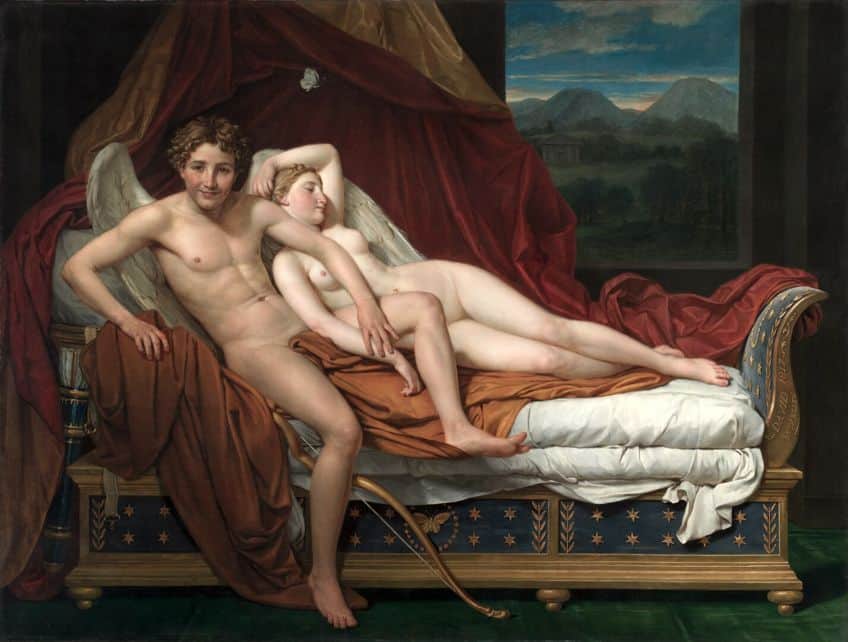
Romanticism
Romanticism, a profound artistic and intellectual movement that emerged in the late 18th and early 19th centuries, revolutionized the trajectory of Western art. Rejecting the rationalism and restraint of Neoclassicism, Romantic artists championed emotion, imagination, and individualism as central to creative expression. Figures such as J.M.W. Turner, Caspar David Friedrich, and Eugène Delacroix embodied the spirit of Romanticism through their exploration of nature, the sublime, and the supernatural.
Romanticism profoundly impacted literature, music, and philosophy, fostering a renewed appreciation for the beauty of the natural world and the complexities of human experience.
Its influence extended far beyond the confines of art academies, inspiring social movements and political revolutions while reshaping cultural attitudes towards individual freedom, spiritual longing, and the mysteries of existence. Romanticism’s enduring legacy lies in its celebration of the subjective, the untamed, and the transcendent, offering a profound meditation on the human condition and the eternal quest for meaning and fulfillment.
- Key features: Emotive expression, nature-inspired, dynamic
- Notable artists: William Blake
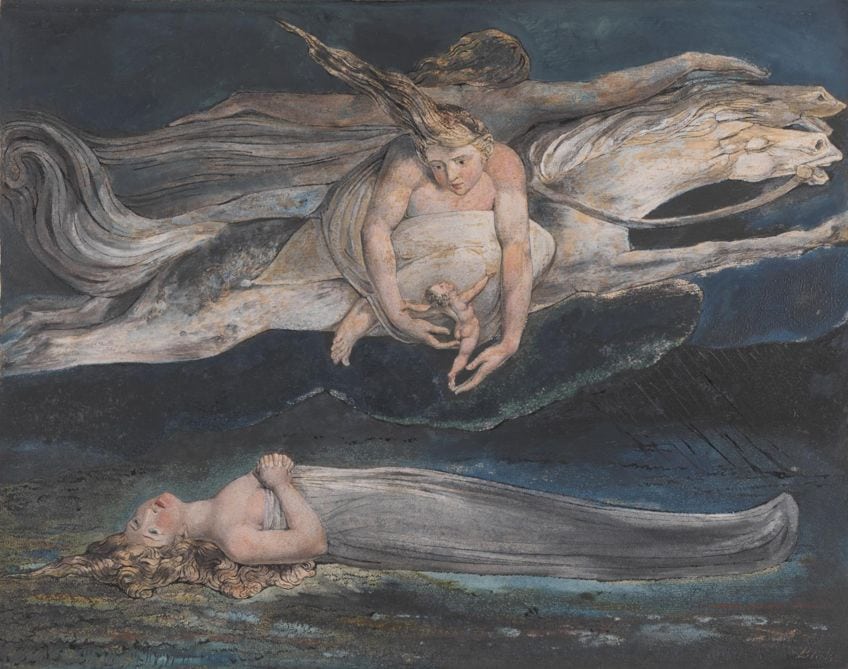
Key Artists and Works
The 18th century brought to the fore a cadre of artists who significantly influenced the artistic scene with their innovative styles and iconic works. Notably, the period saw a mix of genres including the grand historical narratives and the more personal, intimate portraits.

Jacques-Louis David
Jacques-Louis David is renowned as a principal exponent of Neoclassicism, whose works often encapsulated the political climate of his time. The Death of Marat (1793) remains one of his most poignant pieces, capturing the assassination of the revolutionary leader.
Another seminal work, Oath of the Horatii (1784), epitomizes the Neoclassical virtues of duty and sacrifice.
Jean-Honoré Fragonard
In contrast to David’s Neoclassicism, Jean-Honoré Fragonard embodied the Rococo style with his playful and erotic canvases. Fragonard’s most recognized painting, The Swing (1767), is emblematic of this period, showcasing a flirtatious escapade set against a lush, dreamlike garden.

François Boucher
François Boucher, a prolific Rococo artist and predecessor to Fragonard, is known for his pastoral and mythological scenes infused with sensuality and opulence. His oeuvre includes the painting Diana Leaving the Bath (1742), which beautifully illustrates his soft color palette and fluid, graceful forms that define the Rococo movement. Boucher was also a respected portraitist, painting Madame de Pompadour, the influential mistress of King Louis XV. These artists, though each adopting their distinctive styles, collectively shaped the aesthetic preferences and the artistic direction of the 18th century.
Whether through the lens of the opulent Rococo or the stoic Neoclassicism, their works continue to be celebrated for their historical significance and artistic merit.
Impact of Historical Context
The art of the 18th century was profoundly shaped by two pivotal events: the French Revolution and the Enlightenment. Each spurred significant shifts in artistic expression, reflecting the tumultuous changes in political and intellectual landscapes of the time.

French Revolution
The French Revolution radically transformed France and its national identity, leading to the rise of Napoleon. Art during this period served as both a catalyst for revolutionary ideas and a documentation of the events. Jacques-Louis David, a prominent French painter, produced iconic images such as The Death of Marat, encapsulating the era’s intense emotion and political fervor.
His works became instruments of revolutionary propaganda and reflected the dramatic shift from Rococo frivolity to Neoclassical seriousness.
The Enlightenment
In contrast, the Enlightenment was characterized by a surge in intellectual and philosophical pursuits, with science rising to the forefront of European thought. Philosophes like Voltaire and Diderot challenged existing doctrines, and this spirit of inquiry permeated the arts. Salons in Paris and academies in Rome became nexuses for enlightened discussion, influencing artists to incorporate classical ideals, rigorous methodologies, and empirical precision in their work. European art was infused with these Enlightenment principles, seen in the works from Italy to Germany and Austria, as artists sought to capture the essence of a rational and ordered universe.

Art Patronage and Collections
During the 18th century, art patronage became a significant cultural practice among the affluent, influencing the art collections and aesthetic directions of the era. This period was marked by a surge in collecting activities and the establishment of salons and academies.
In doing so, it was responsible for shaping the discourse and dissemination of art.
Salons and Academies
In cities like Paris and Boston, salons emerged as vibrant hubs of artistic interaction and discussion. These gatherings, often held in grand private residences, were orchestrated by influential patrons and played a pivotal role in setting the tastes and trends in the art world. The Palace of Versailles, with its resplendent interiors, served as a grand salon that epitomized the opulent Rococo style, visible in its intricate ornamentation and liberal use of gold, silver, lace, and porcelain.
Academies, on the other hand, provided a more formal structure for the promotion and education of the arts. They set the standards of taste and artistic value, which were often reflected in the majestic collections displayed in institutions such as the Louvre in Paris. These academies favored neoclassical sculpture and other forms of art that adhered to a set of aesthetic conventions and reinforced moral and social hierarchies.
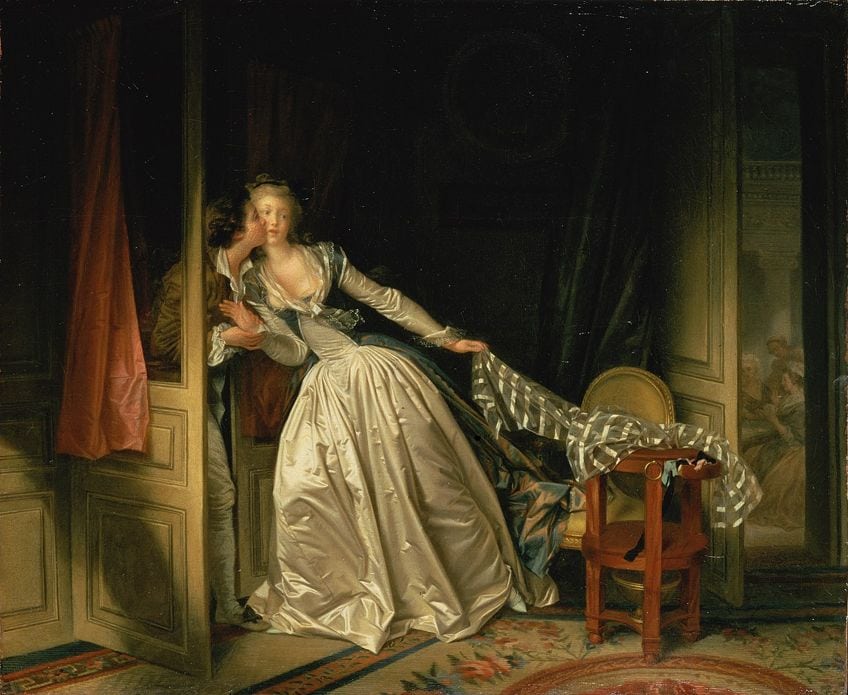
The fusion of both salons and academies led to the widespread patronage of Rococo art, characterized by playful themes and ornate styles. Toward the latter part of the century, a shift towards neoclassical themes emerged, reflecting the changing ideological and aesthetic sensibilities of the time. Art collecting was not merely a hobby; it was a way to demonstrate cultural sophistication, power, and prestige. The rich collections amassed during this period, be it in private collections or on the walls of the emerging museums of Venice or Paris, showcased the evolving preferences in interior design and the importance placed on visual arts as a form of cultural capital.
In conclusion, the art of the 18th century stands as a testament to the multifaceted nature of human creativity and expression. Through its myriad styles, themes, and movements, this period encapsulates the spirit of an age marked by profound transformation and enlightenment. From the grandeur of Baroque splendor to the introspective depth of Romanticism, 18th-century art reflects the evolving sensibilities of a society grappling with tradition, reason, and revolution. Its legacy endures as a source of inspiration and insight into the cultural landscape of the past, offering a window into the aspirations, values, and complexities of the human experience. As we continue to explore and interpret the masterpieces of this era, we uncover not only the aesthetic achievements of artists but also the enduring resonance of their ideas, shaping our understanding of art and history for generations to come.
Frequently Asked Questions
Who Are the Most Influential Artists of the 18th Century?
They include painters like Francisco Goya, who provided a critical bridge between old masters and modern art with his bold technique. Thomas Gainsborough and Joshua Reynolds were prominent in England, known for their portraiture. Sculptor Antonio Canova gained renown for his neoclassical marble sculptures that reflected ancient ideals.
What Major Art Movements Defined the 18th Century?
The century saw the Baroque style continue from the 17th century, with its dramatic emphasis and detail, followed by the rise of Rococo. Rococo was characterized by lighter, often frivolous decoration with a focus on pastel colors and playful themes. Neoclassicism later emerged as a reaction to Rococo, revisiting classical Greco-Roman aesthetics in search of a more serious and moral artistic language.
Isabella studied at the University of Cape Town in South Africa and graduated with a Bachelor of Arts majoring in English Literature & Language and Psychology. Throughout her undergraduate years, she took Art History as an additional subject and absolutely loved it. Building on from her art history knowledge that began in high school, art has always been a particular area of fascination for her. From learning about artworks previously unknown to her, or sharpening her existing understanding of specific works, the ability to continue learning within this interesting sphere excites her greatly.
Her focal points of interest in art history encompass profiling specific artists and art movements, as it is these areas where she is able to really dig deep into the rich narrative of the art world. Additionally, she particularly enjoys exploring the different artistic styles of the 20th century, as well as the important impact that female artists have had on the development of art history.
Learn more about Isabella Meyer and the Art in Context Team.
Cite this Article
Isabella, Meyer, “18th Century Art – The Era of Rococo and Neoclassicism.” Art in Context. March 6, 2024. URL: https://artincontext.org/18th-century-art/
Meyer, I. (2024, 6 March). 18th Century Art – The Era of Rococo and Neoclassicism. Art in Context. https://artincontext.org/18th-century-art/
Meyer, Isabella. “18th Century Art – The Era of Rococo and Neoclassicism.” Art in Context, March 6, 2024. https://artincontext.org/18th-century-art/.






